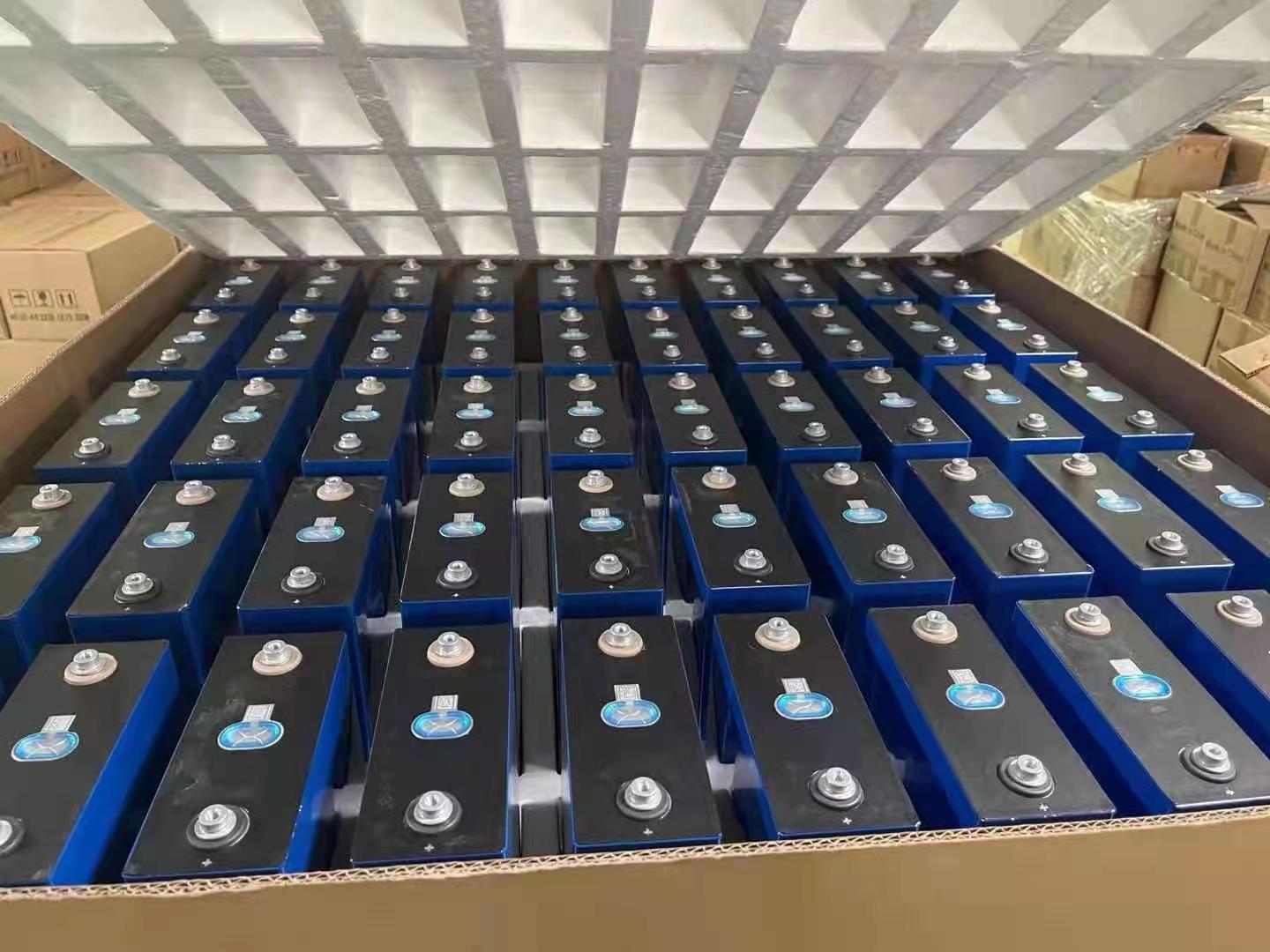 |
Welcome To Evlithium Best Store For Lithium Iron Phosphate (LiFePO4) Battery |
 |

LiFePO4 battery matching involves combining individual cell units to form a battery pack. Here's an overview of the key criteria for matching LiFePO4 batteries:
Cell Selection:
When configuring the pack, choose cells with similar performance metrics like voltage, capacity, and internal resistance. Cells with comparable features promote better pack balance and consistency.
- Ensure cells are from the same production batch or have similar manufacturing parameters to minimize performance variations.
- Confirm cell properties meet design requirements such as nominal voltage, capacity, and maximum charge/discharge current.
Capacity Matching:
Matching cell capacities ensures the total pack capacity meets energy storage needs. Charge/discharge testing helps assess and align cell capacities.
- Test each cell's actual capacity for matching purposes.
- Define a tolerance range (e.g., ±5%) during design to ensure performance consistency.
- Measure and match cell capacities accordingly.
Voltage Matching:
Similar cell voltages maintain balance during charge/discharge, preventing issues due to voltage disparities.
- Aim for balanced voltage distribution among cells (tolerance typically ±0.05V).
- Monitor cell voltages via BMS and balance as needed.
Internal Resistance Matching:
Similar internal resistance supports balanced current distribution during charge/discharge, averting overheating.
- Test resistance using suitable methods and categorize cells based on results.
- Define a tolerance (e.g., ±5%) and match based on measured resistances.
Temperature Control:
Maintain appropriate temperature ranges during configuration to preserve battery performance and lifespan.
- Ensure the process occurs within suitable ranges (e.g., 15-30°C).
- Use temperature sensors and cooling measures as necessary.
Balanced Charge/Discharge:
BMS-driven balanced charge/discharge is crucial for consistent cell state.
- BMS monitors and adjusts charge/discharge, maintaining uniformity across cells.
- Adjust charge/discharge currents or use active balancing techniques.
Properly matching LiFePO4 cells is crucial for safe, high-performance DIY battery packs. Adhering to these requirements for cell selection, capacity, voltage, resistance, temperature, and charge/discharge ensures optimal pack operation. Investing time in proper matching supports long-term performance, even for novice builders meeting specific energy storage needs.
Edit by editor
All Rights reserved © 2025 Evlithium Limited